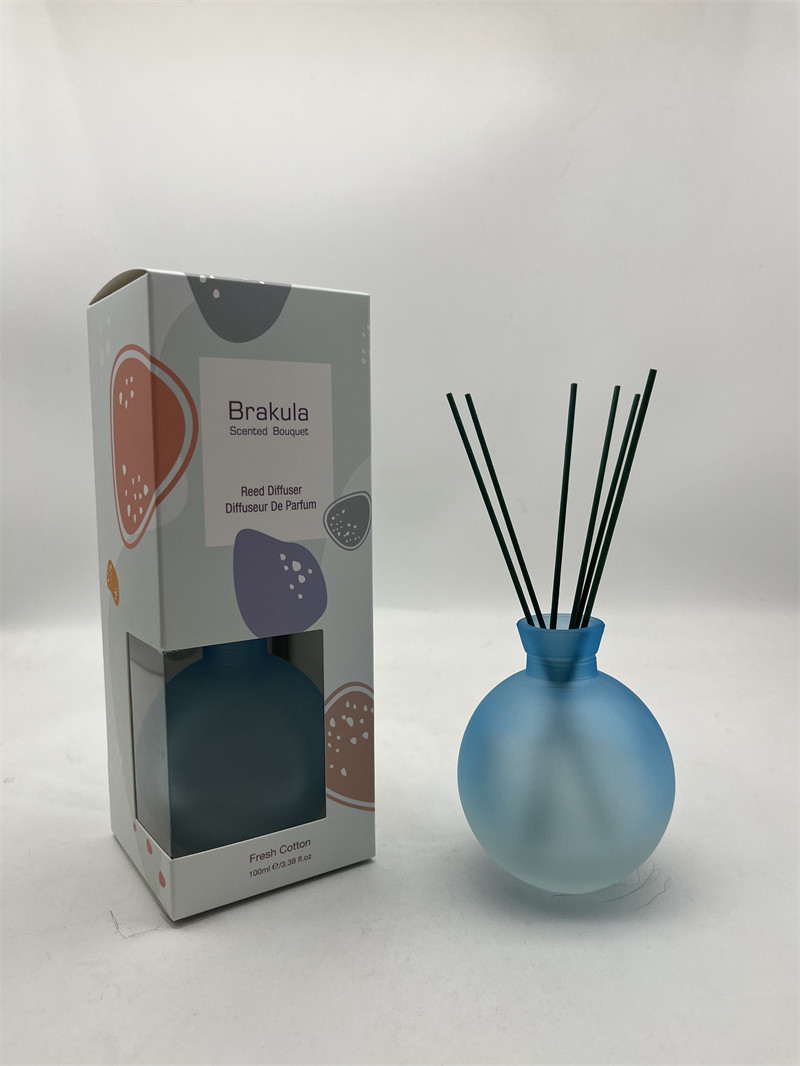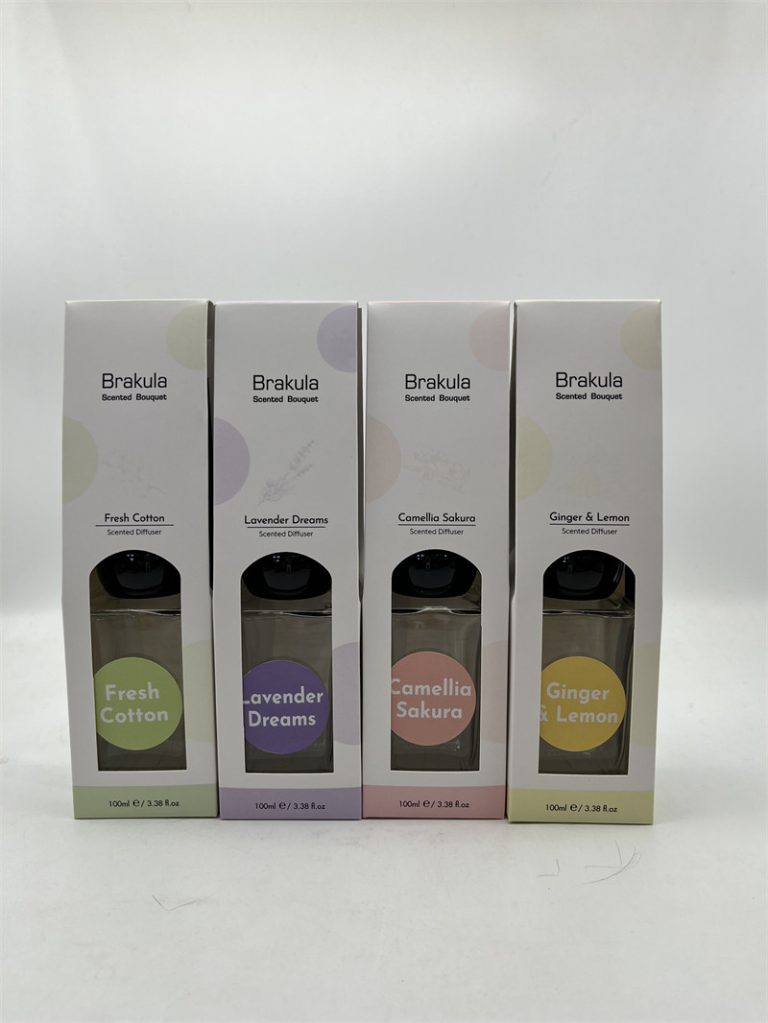Table of Contents
Choosing the Right Wax for Essential Oil Dispersal
When it comes to making candles that disperse essential oils well, choosing the right wax is crucial. The type of wax you use can greatly impact how well the essential oils are dispersed throughout the candle, ultimately affecting the strength and longevity of the scent. There are several different types of wax to choose from, each with its own unique properties that can either enhance or hinder the dispersal of essential oils.
One of the most popular types of wax for making scented candles is soy wax. Soy wax is a natural, renewable resource that is derived from soybean oil. It has a lower melting point than other waxes, which allows it to hold onto essential oils better and release them more slowly as the candle burns. This slow release of scent helps to ensure that the essential oils are dispersed evenly throughout the room, creating a long-lasting and pleasant aroma.
Another popular choice for candle making is beeswax. Beeswax is a natural wax that is produced by honeybees. It has a high melting point, which means that it can hold onto essential oils well and release them slowly as the candle burns. Beeswax also has a natural honey-like scent that can complement the aroma of essential oils, creating a unique and inviting fragrance.
Paraffin wax is another common choice for making scented candles. Paraffin wax is a byproduct of petroleum refining and is known for its ability to hold onto fragrance well. However, paraffin wax is not a natural or renewable resource, which may be a concern for some environmentally conscious consumers. Additionally, paraffin wax can release harmful chemicals into the air when burned, so it is important to choose a high-quality, food-grade paraffin wax if you decide to use it for candle making.
In addition to the type of wax, the size and shape of the candle can also impact how well essential oils are dispersed. Candles with a larger surface area will release scent more quickly and strongly than candles with a smaller surface area. Additionally, candles with a wider diameter will disperse scent more evenly throughout the room than candles with a narrow diameter. When choosing a wax for making scented candles, consider the size and shape of the candle to ensure that the essential oils are dispersed effectively.
In conclusion, choosing the right wax for making candles that disperse essential oils well is essential for creating a long-lasting and pleasant aroma. Soy wax, beeswax, and paraffin wax are all popular choices for candle making, each with its own unique properties that can enhance the dispersal of essential oils. Consider the type of wax, as well as the size and shape of the candle, when making your selection to ensure that the essential oils are dispersed effectively and create a delightful fragrance in your home.
Incorporating Essential Oils into Candle Making
Incorporating Essential Oils into Candle Making
Candles have been used for centuries to create a warm and inviting atmosphere in homes. They not only provide a soft and flickering light, but they can also fill the air with delightful scents. One popular way to enhance the fragrance of candles is by incorporating essential oils into the wax. Essential oils are highly concentrated plant extracts that not only smell wonderful but also offer various therapeutic benefits. However, it is important to know how to properly disperse essential oils in candles to ensure a consistent and long-lasting scent.
The first step in incorporating essential oils into candle making is to choose the right type of wax. Soy wax is a popular choice as it has a lower melting point and can hold a higher concentration of essential oils compared to other waxes. Beeswax is another good option, as it has a natural scent that complements essential oils well. Paraffin wax, on the other hand, may not be the best choice as it can interfere with the scent of the essential oils.
Once you have chosen the appropriate wax, it is time to determine the amount of essential oil to add. The general rule of thumb is to use about 1 ounce of essential oil per pound of wax. However, this can vary depending on the strength of the essential oil and personal preference. It is always a good idea to start with a smaller amount and gradually increase it until you achieve the desired scent strength.

To ensure that the essential oils disperse evenly throughout the candle, it is important to add them at the correct temperature. Most essential oils have a flashpoint, which is the temperature at which they can ignite. It is crucial to add the essential oils when the wax has cooled down to a temperature below the flashpoint of the oil. This will prevent the oils from evaporating or losing their fragrance.
Indoor Aromatherapy customization
To disperse the essential oils evenly, it is recommended to add them during the second pour of the candle-making process. After melting the wax and pouring it into the container, allow it to cool slightly until a thin skin forms on the surface. This is the perfect time to add the essential oils. Gently stir the oils into the wax using a wooden or silicone spatula, making sure to distribute them evenly. Avoid using metal utensils as they can react with the oils and affect their scent.
Another important factor to consider when incorporating essential oils into candles is the type of wick used. A properly sized wick is essential for a clean and even burn. If the wick is too small, the candle may not burn hot enough to release the fragrance of the essential oils. On the other hand, if the wick is too large, the candle may burn too quickly, causing the oils to evaporate faster. It is recommended to use a wick size that is appropriate for the diameter of the candle container and the type of wax being used.
In conclusion, incorporating essential oils into candle making can elevate the sensory experience and provide therapeutic benefits. By choosing the right wax, adding the oils at the correct temperature, and using the appropriate wick, you can create candles that disperse essential oils well. Experiment with different essential oil blends and concentrations to find the perfect scent for your candles. With a little practice and attention to detail, you can create candles that not only look beautiful but also fill your space with delightful aromas.
Tips for Maximizing Scent Throw in Essential Oil Candles
Candles have been used for centuries to create a warm and inviting atmosphere in homes. In recent years, the popularity of essential oil candles has surged as people seek natural ways to enhance their living spaces with soothing scents. Essential oils not only provide a pleasant aroma but also offer therapeutic benefits that can promote relaxation and improve mood. However, not all candles are created equal when it comes to dispersing essential oils effectively. To maximize the scent throw of your essential oil candles, there are a few key tips to keep in mind.
First and foremost, choosing the right type of wax is crucial for ensuring that your essential oils are dispersed well. Soy wax is a popular choice for making candles as it has a lower melting point than paraffin wax, allowing the essential oils to evaporate more easily and release their scent into the air. Beeswax is another excellent option, known for its clean burn and ability to hold onto scents for longer periods. Avoid using petroleum-based waxes, as they can interfere with the fragrance of the essential oils.
https://reedaromalab.com/tag/cheap-scented-reed-diffuser-chinese-best-company
When it comes to selecting essential oils for your candles, opt for high-quality, pure oils that are specifically designed for use in candles. Synthetic fragrances may not disperse as effectively as natural essential oils and can contain harmful chemicals that can be released into the air when burned. Experiment with different combinations of essential oils to create unique scents that suit your preferences and mood.
In addition to choosing the right wax and essential oils, the amount of fragrance oil you add to your candle can also impact its scent throw. As a general rule of thumb, aim to use around 10-12% fragrance oil per pound of wax for optimal scent dispersion. Be careful not to overdo it, as adding too much fragrance oil can result in a candle that burns too hot and releases an overpowering scent.
The type of wick you use in your candle can also affect how well the essential oils are dispersed. Cotton wicks are a popular choice for essential oil candles as they burn cleanly and evenly, allowing the fragrance to be released consistently throughout the candle’s burn time. Be sure to trim the wick to the appropriate length before lighting your candle to prevent soot buildup and ensure a steady flame.
To further enhance the scent throw of your essential oil candles, consider adding botanicals or herbs to the wax before pouring. Dried lavender, rose petals, or citrus peels can not only add visual interest to your candles but also infuse them with additional fragrance that complements the essential oils. Be mindful of the size and flammability of the botanicals you choose, and always test a small batch before making larger quantities.
Finally, proper candle care and maintenance are essential for maximizing the scent throw of your essential oil candles. Keep your candles away from drafts and burn them for at least 1-2 hours at a time to allow the wax to melt evenly and release the fragrance oils. Store your candles in a cool, dark place when not in use to preserve their scent and prevent them from absorbing other odors.
| Product Name | Air Freshener |
| Material | Wood |
| Suitable for | Playroom |
| Scents | Inspire, Lemon & Verbena |
| Capacity | 250ml |
| Color | Yellow |
| Origin | China Manufacturer |
| Duration | 40-60days |
By following these tips and experimenting with different combinations of wax, essential oils, and additives, you can create candles that disperse essential oils well and fill your home with delightful scents that promote relaxation and well-being. Enjoy the process of making your own custom candles and take pleasure in the soothing ambiance they provide.





